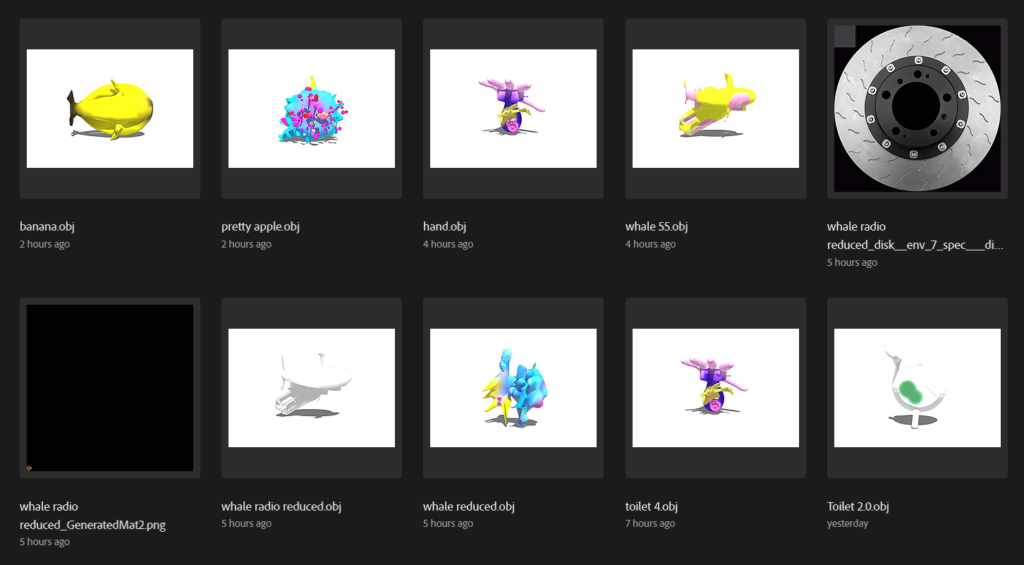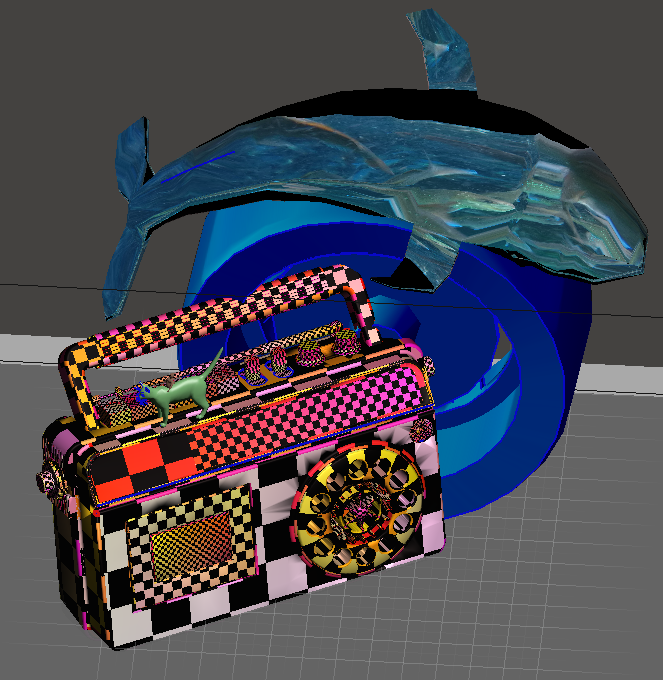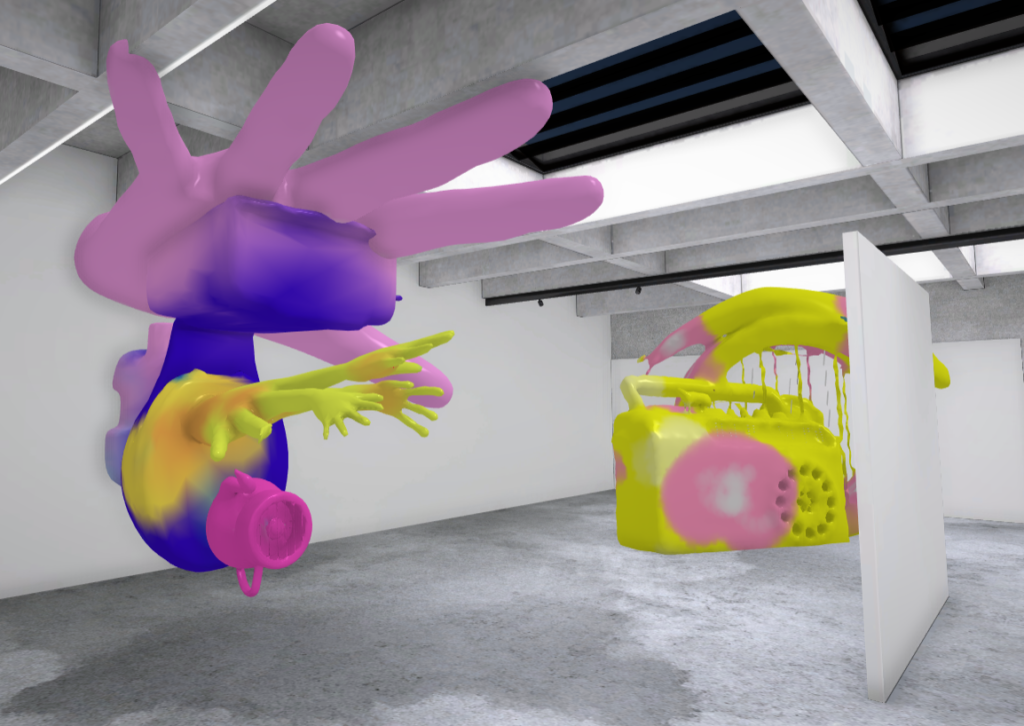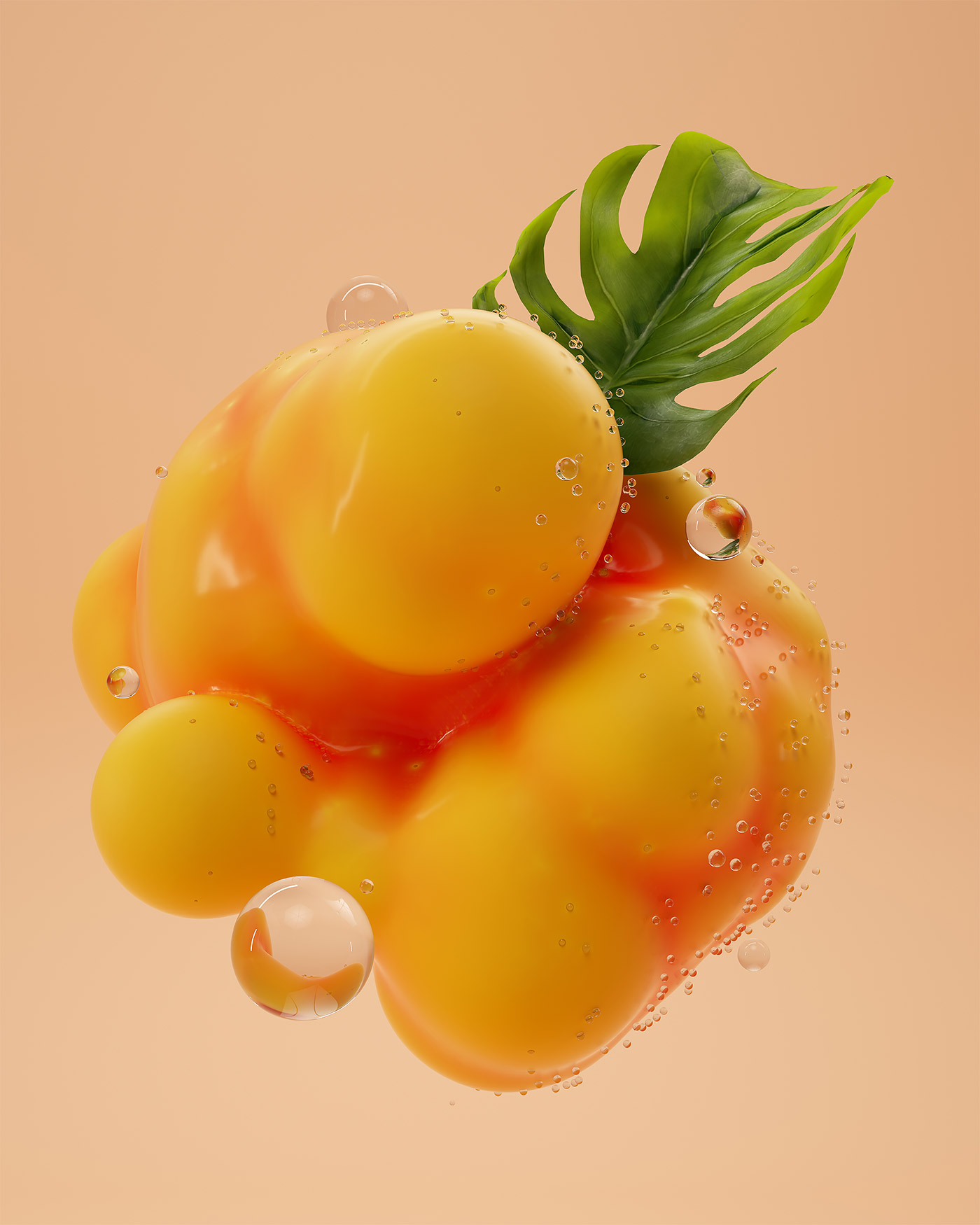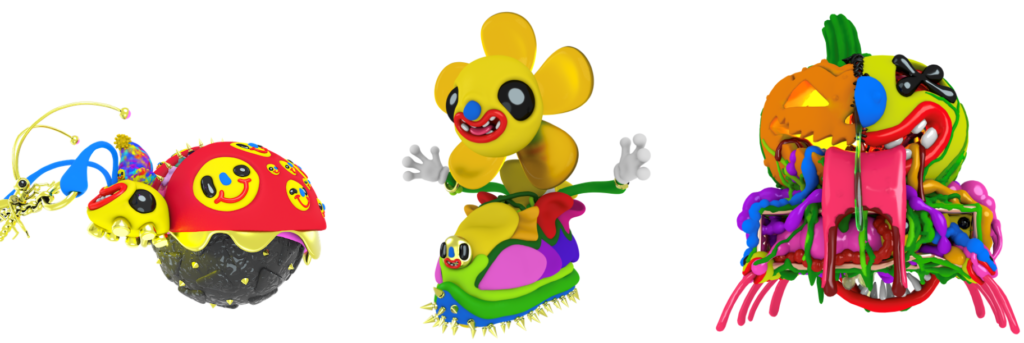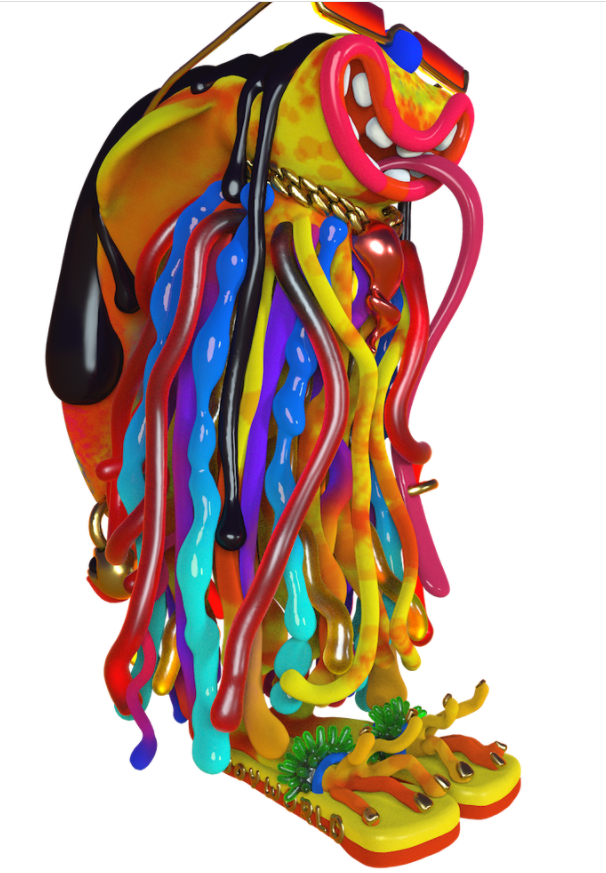I am unable to embed the exhibition, here is the link: https://www.artsteps.com/embed/616606e9092b7a8e6dc0e7c4/560/315



I ended up sticking to my original plan with my brief. Using meshmixer, I focused on removing parts of objects. The parts I removed or separated were key to recognising the objects. I separated the octypus’s head from its body. Because both of these aspects are key to recognising this familiar creature, we know what it is straight away. Creating these sculptures online not only removes sensual aspects like smell, taste and touch, but in a digital world we question its verisimilitude. Is it still an octypus head without many of its sensual aspects ? being digital removes these.
whilst carrying out this brief I thought it questioned not so much just how real our emotional reactions to these objects are, but also our ability to recognise objects. If I can see parts of an octypus but not the entire octypus then is it something completely knew. An object we aren’t familiar with ? At the end of the day we measure how ‘real’ or ‘true’ something is against objects and experiences we already know.
Another thing I found interesting while carrying out this brief is how working in a digital world removes the ethical roadbumps in art making. If I were to reconstruct a whale in the physical world, ethically this would be wrong. Because the digital world removes many sensual aspects it also removes certain emotional responses. Does this make the digital whale less ‘real’ or ‘true.’




















